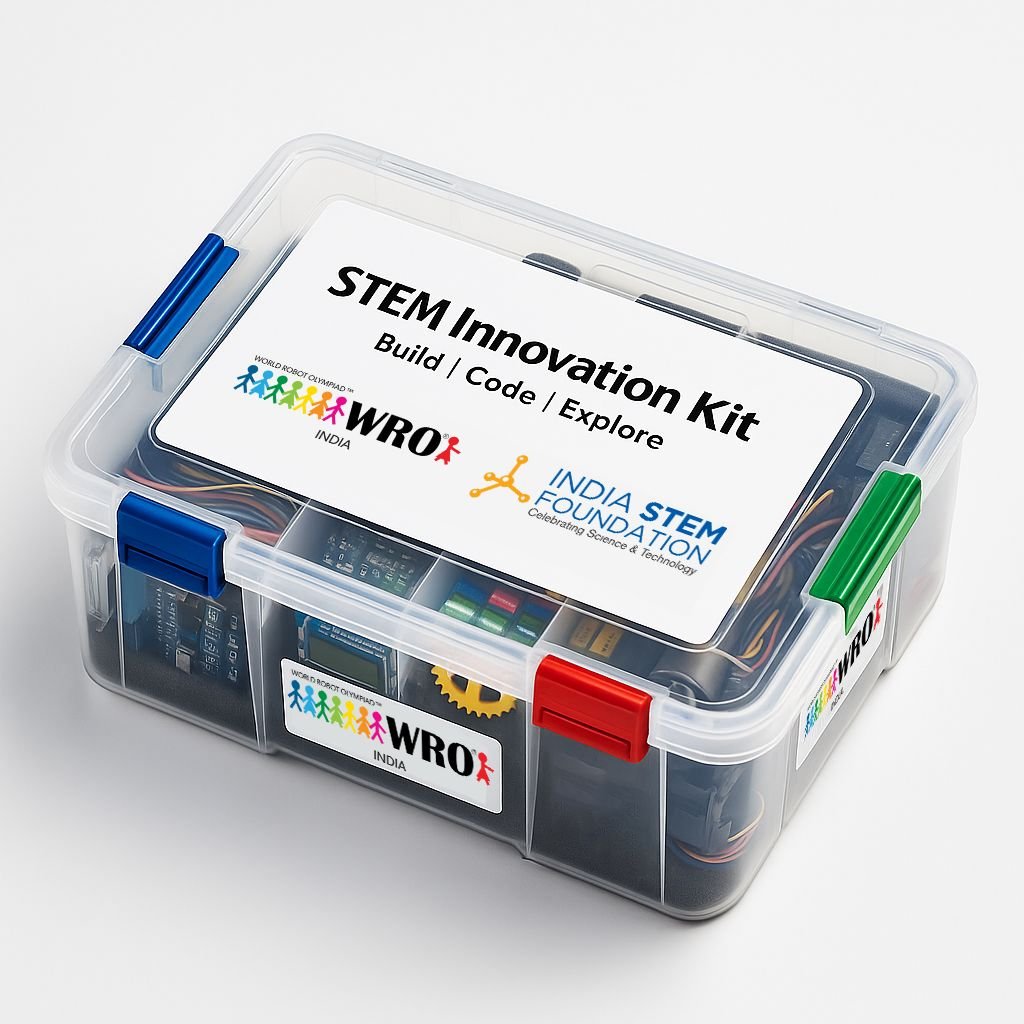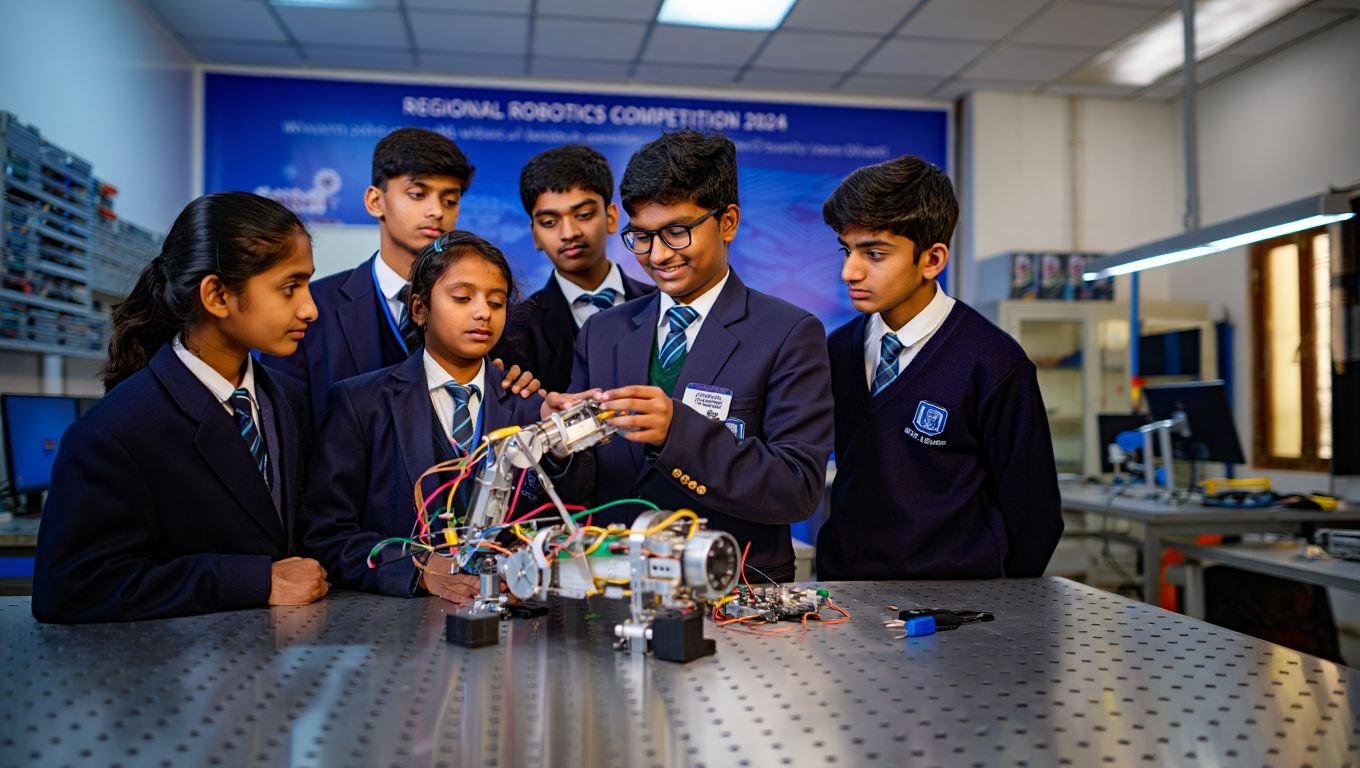Hands-on learning is a fundamental component of STEM (Science, Technology, Engineering, and Mathematics) education. This article explores the role of hands-on learning in STEM education and its impact on student engagement, learning outcomes, and career readiness.
Engaging Students through Experiential Learning
Hands-on learning engages students in active, experiential learning experiences that promote deeper understanding and retention of STEM concepts. By working on projects, conducting experiments, and solving real-world problems, students develop practical skills and gain a deeper appreciation for STEM disciplines.
Fostering Collaboration and Teamwork
Hands-on learning encourages collaboration and teamwork, mirroring the collaborative nature of many STEM professions. By working together on projects and experiments, students learn to communicate effectively, share ideas, and leverage each other’s strengths to achieve common goals.
Enhancing Critical Thinking and Problem-Solving Skills
Hands-on learning challenges students to think critically and solve complex problems. By encountering obstacles and setbacks during hands-on activities, students develop resilience, perseverance, and adaptability—essential traits for success in STEM careers.
Preparing Students for Real-World Applications
Hands-on learning provides students with practical, real-world experiences that prepare them for careers in STEM fields. By working with tools, technologies, and equipment used in industry, students gain valuable hands-on experience that enhances their employability and readiness for the workforce.
Promoting Creativity and Innovation
Hands-on learning encourages creativity and innovation by empowering students to explore, experiment, and think outside the box. By giving students the freedom to design and create their own projects, hands-on learning fosters a culture of innovation and entrepreneurship.
Conclusion
In conclusion, hands-on learning is a vital component of STEM education that enhances student engagement, learning outcomes, and career readiness. By providing students with opportunities to engage in experiential, collaborative, and problem-based learning activities, educators can inspire the next generation of innovators, problem-solvers, and leaders in STEM fields.



